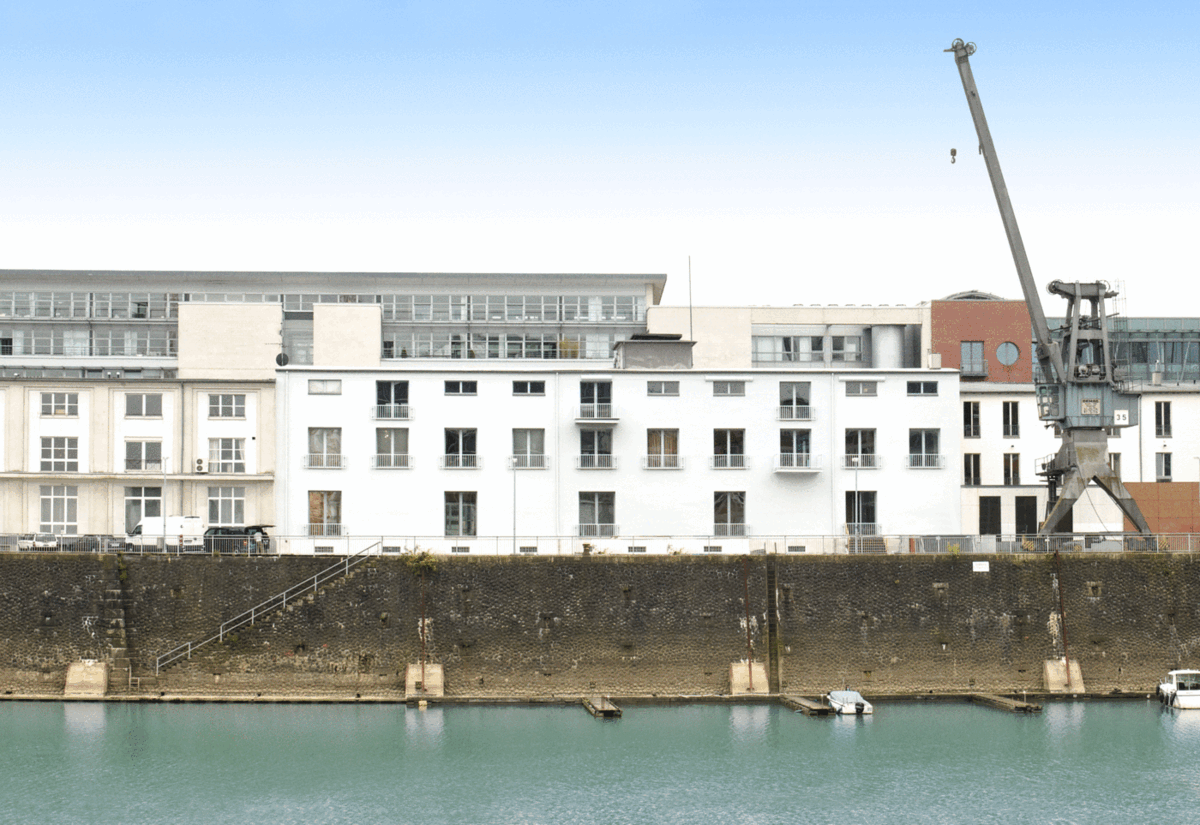
Frozen Mirrors
In the organizer's words:
Georges Adéagbo, Helene Appel, Guillaume Bijl, Saskia Groneberg, Karin Kneffel, Rona Kobel, Wolfgang Matuschek, Stefanie Pöllot, Lilla von Puttkamer, Florian Slotawa, Konstantin Totibadze, Michael Wesely, René Wirths, Melanie Woste
Is the standstill of time a greater illusion than deceptively real objects? What significance does the deliberately staged still-life-like standstill have in an age characterized by moving images? These are the questions behind the Frozen Mirrors exhibition .
The title Frozen Mirrors is inspired by Umberto Eco's remark in "On Mirrors and Other Phenomena" that the photographic surface is a "frozen mirror". Until the invention of photography, mirrored images were the only ones that were not entirely man-made. However, mirrors cannot preserve the image they show, they cannot freeze it in time. Capturing, "freezing" a moment or event only became technically possible through the photographic snapshot.
The works shown in the group exhibition reflect the standstill of time in an environment in which we are constantly surrounded by moving images. On display will be "photorealistic" images that are not based on photographs at all; objects that are reproduced in exact life-size or monumentally enlarged; stagings of real objects that look like trompe-l'œils of themselves; photographs of still-life-like arrangements of everyday situations or those that fade longer periods of time into one another.
The exhibition Frozen Mirrors is part of a series with the exhibitions Phantoms and Other Illusions and Bodies, Grids and Ecstasy, which will now focus on a further facet of what illusions can be and how they are reflected in contemporary art. Illusionistic images are juxtaposed with "imaginings", which often turn out to be illusions.















Gemeinsam Events erleben
Events werden noch schöner wenn wir sie teilen! Deshalb kannst du dich jetzt mit Friends und anderen Usern vernetzen um Events gemeinsam zu besuchen. Loslegen